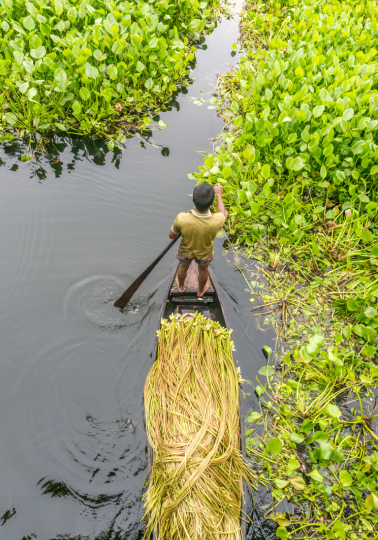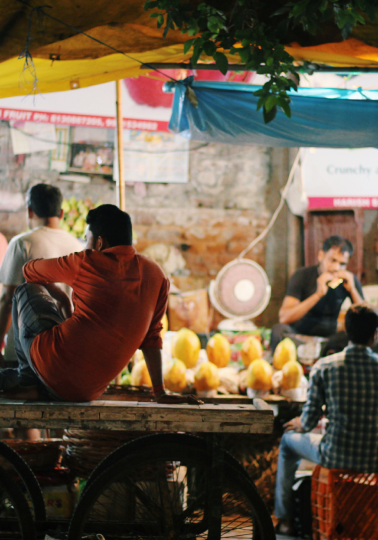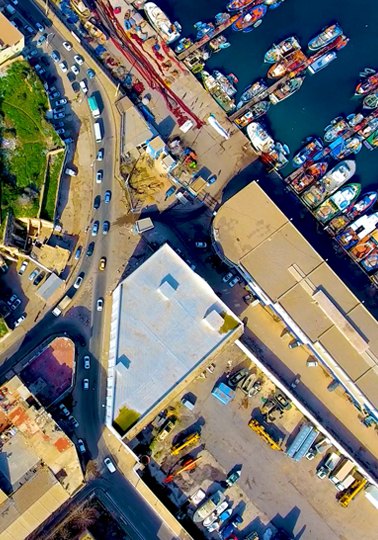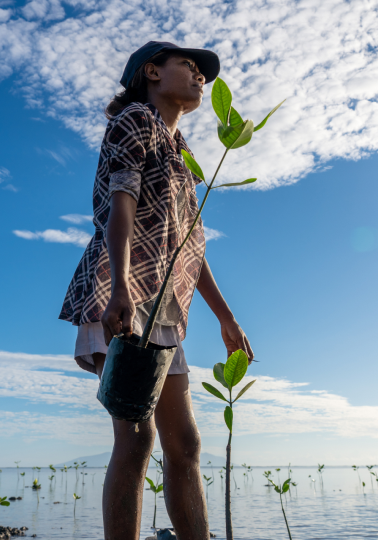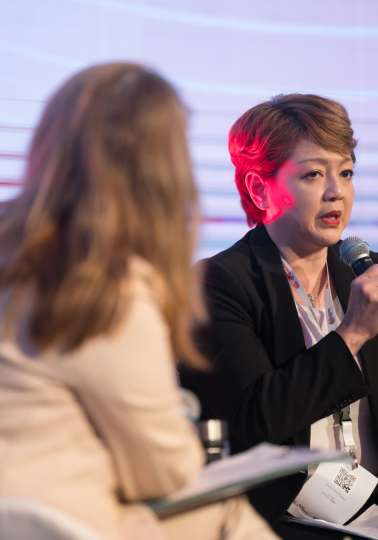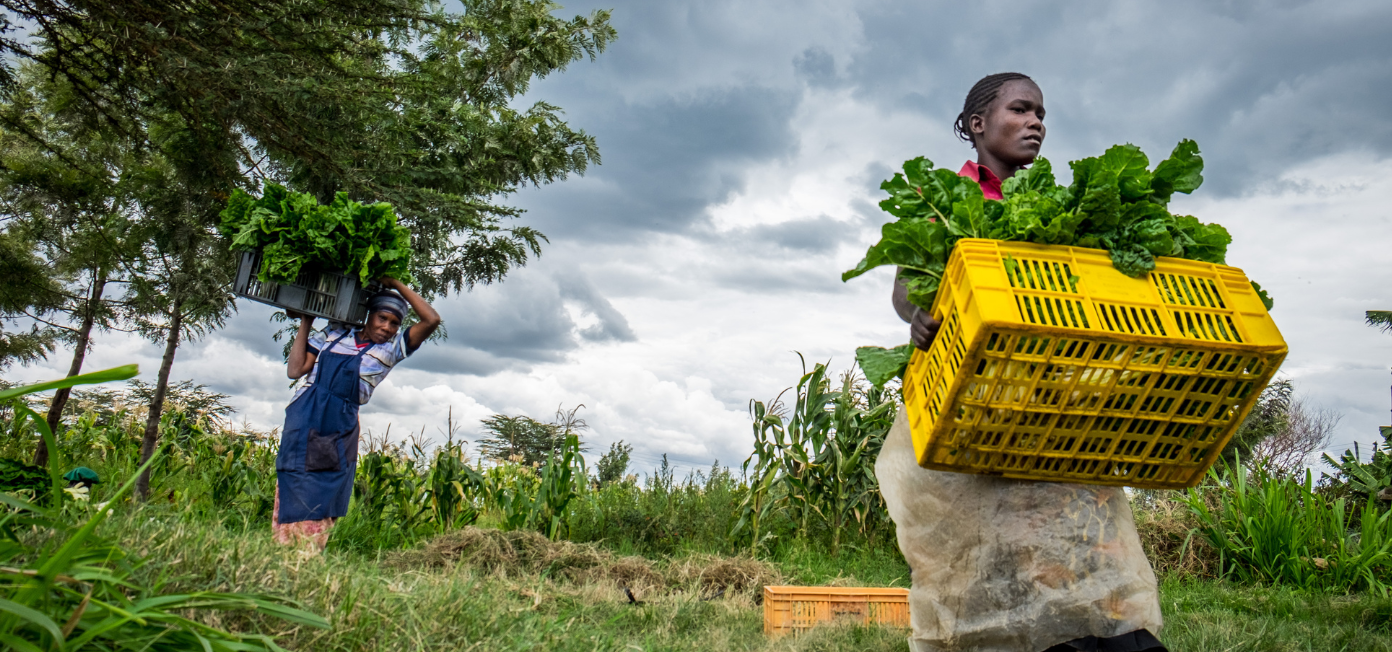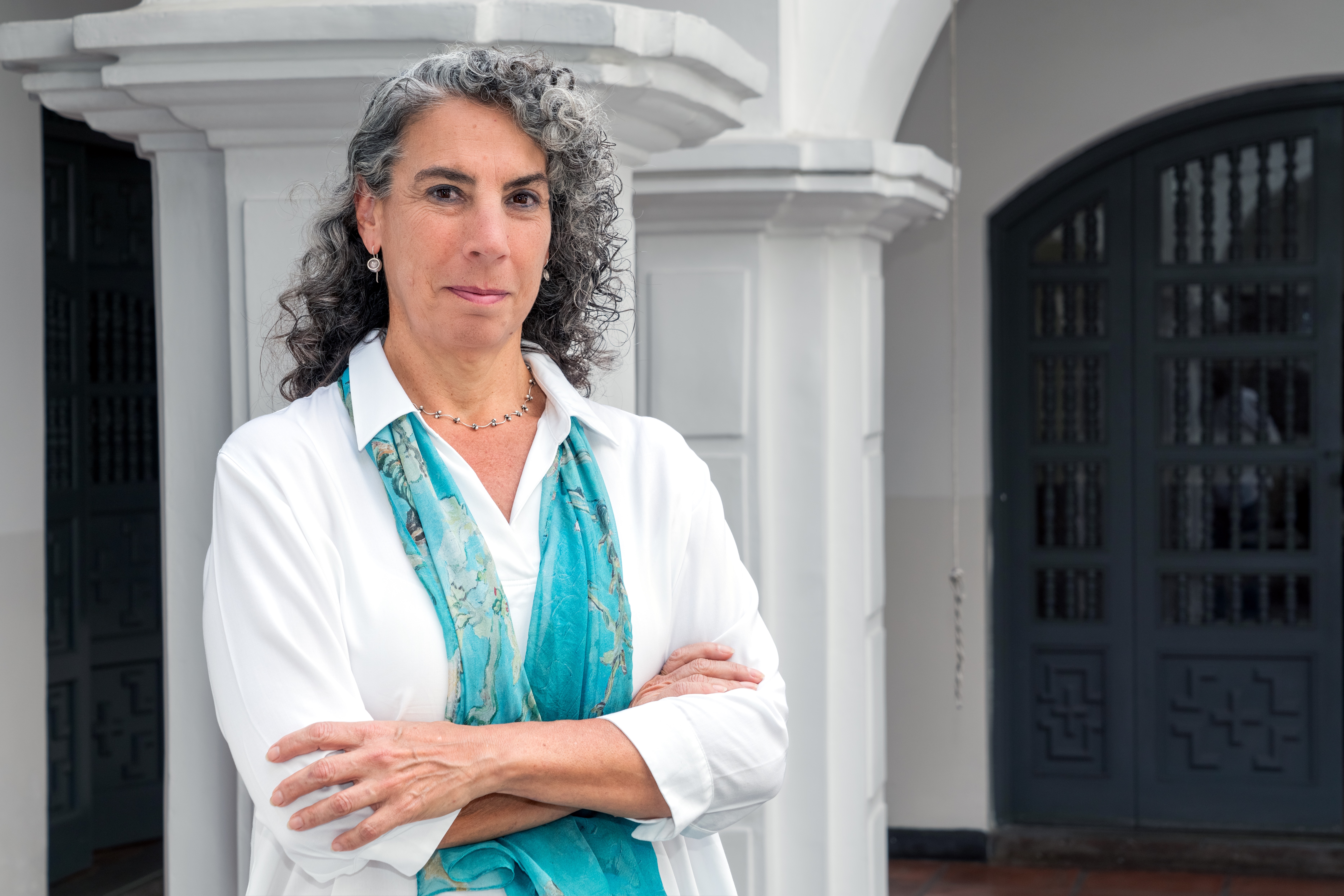Public development banks (PDBs) are major drivers of rural development, especially in agriculture. They provide nearly two thirds of agricultural funding worldwide: in 2022 alone, they channeled US$160 billion into rural economies. Unlike commercial banks, PDBs are built to serve the public good, offering long-term loans, reinvesting profits, supporting financial inclusion and focusing on impact – not just profit. They play a vital role in helping smallholder farmers access the financing they need to grow food, generate income and invest in secure futures.
Yet farmers remain vulnerable to climate shocks. Globally, fewer than 20 percent are covered by agricultural insurance, with coverage falling below 5 percent in many low-income countries. Meanwhile, less than 10 percent of agricultural PDBs include insurance in their portfolios. This not only limits their ability to support clients through climate shocks but also undermines their institutional resilience. As climate change accelerates, integrating insurance into public agricultural finance is a strategic necessity.
Why insurance belongs in PDB portfolios
Agricultural insurance is a useful tool to help farmers manage risk. When properly designed and delivered, it protects farmers from weather-related losses, gives them the confidence to invest in better seeds and equipment, and enables them to bounce back after shocks. For banks, insurance lowers the risk of loan defaults and opens new opportunities to reach underserved clients.
UNDP’s analysis has shown that bundling insurance with credit can improve outcomes for both farmers and lenders. For smallholders, it means peace of mind and a buffer when nature does not cooperate. For banks, it means stronger portfolios and more stable, long-term relationships with rural clients.
Despite these benefits, agricultural insurance is still rarely offered by PDBs – creating a disconnect between the financial services banks provide and the climate realities their clients face.
A roadmap for action
To close this gap, a strategic shift is needed across four key areas:
Internal alignment: Banks must integrate insurance into their core strategies. Leadership at all levels, including boards and executive teams, need the capacity and mandate to act.
Bundled products: Insurance works best when integrated with financial services that farmers already use, such as input loans. This improves adoption and simplifies delivery. Bundling also makes insurance part of a broader value proposition – not a standalone product.
Partnerships with insurers and regulators: PDBs must work closely with licensed providers, regulators and technical partners to co-design viable products, facilitate data access and navigate policy constraints.
Policy and regulatory support: Many countries’ policy frameworks do not allow for flexible or innovative insurance models. Governments must update regulations, align policies and position insurance as a national development priority.
Case study: South Africa’s Lank Bank
The Land and Agricultural Development Bank of South Africa, through its insurance subsidiaries, has integrated insurance with lending. Key features include:
- Indemnity insurance for commercial farmers (hail, frost, fire, transit).
- Credit life insurance for commercial and smallholder farmers.
- Pasture Drought Index Insurance and Area Yield Index Insurance piloted in 2024 with International Finance Corporation (IFC) support.
These pilots, targeting 2,500 smallholders in the 2025/26 season, are helping the Land Bank shift from a one-size-fits-all model to tailored products that meet smallholder needs.
Yet challenges remain. Most insurance products in South Africa still target commercial operations, with less than 1 percent of smallholders insured. Regulatory restrictions, low awareness and limited data constrain growth. The Land Bank is working to close these gaps by offering financial education, developing its smallholder claims processing capacity and advocating for public-private collaboration.
The value of partnership
For insurance providers, partnering with PDBs presents an opportunity to expand into underserved markets while contributing to development outcomes. These banks bring assets that are often difficult for insurers to access on their own, such as client trust, rural distribution networks and localized data – making them valuable allies in scaling inclusive insurance.
African Risk Capacity (ARC) Limited, a hybrid mutual insurer, collaborates with PDBs to scale inclusive insurance solutions across Africa:
In Côte d’Ivoire, bundled crop insurance has enabled more than 44,000 farmers to access loans and protect incomes; this number is expected to grow to 125,000 by the end of 2025.
In Djibouti, ARC supported the rollout of Africa’s first five-year multi-peril insurance policy covering both drought and floods. This has provided immediate liquidity for disaster response, reducing reliance on humanitarian relief and safeguarding national food security.
These examples demonstrate that when insurers and development banks work together, they can unlock financing and resilience where it is most needed.
Unlocking scale through inclusive models
Agricultural insurance can only succeed when farmers trust it. That means designing products that reflect local realities, providing clarity on what is covered and how claims are paid, and engaging communities in the process.
Experience from the International Fund for Agricultural Development (IFAD) INSURED programme across 13 countries offers a strong example – bundling crop insurance with input subsidies, access to digital banking and farmer training. Over five seasons, the programme reached more than 100,000 farmers – 58 percent of them women or youth – with nearly 90 percent reporting increased resilience.
A call to collaborate
Integrating agricultural insurance into PDB’s strategies is no longer an option, but a necessary step toward protecting rural livelihoods and strengthening food security.
Through its Financial Resilience in Agriculture initiative, UNDP offers technical support for agricultural PDBs to integrate climate risk into their operations, bundle insurance into credit portfolios and attract additional capital.
By combining insurance with other credit enhancement tools, UNDP helps position Agri-PDBs as key players in building climate-resilient food systems. This support is delivered in collaboration with partners such as the IFAD Agri-PDB Platform, Finance in Common’s Innovation Lab and the Climate Policy Initiative. Watch the IFAD Agri-PDB Platform webinar to learn more.

